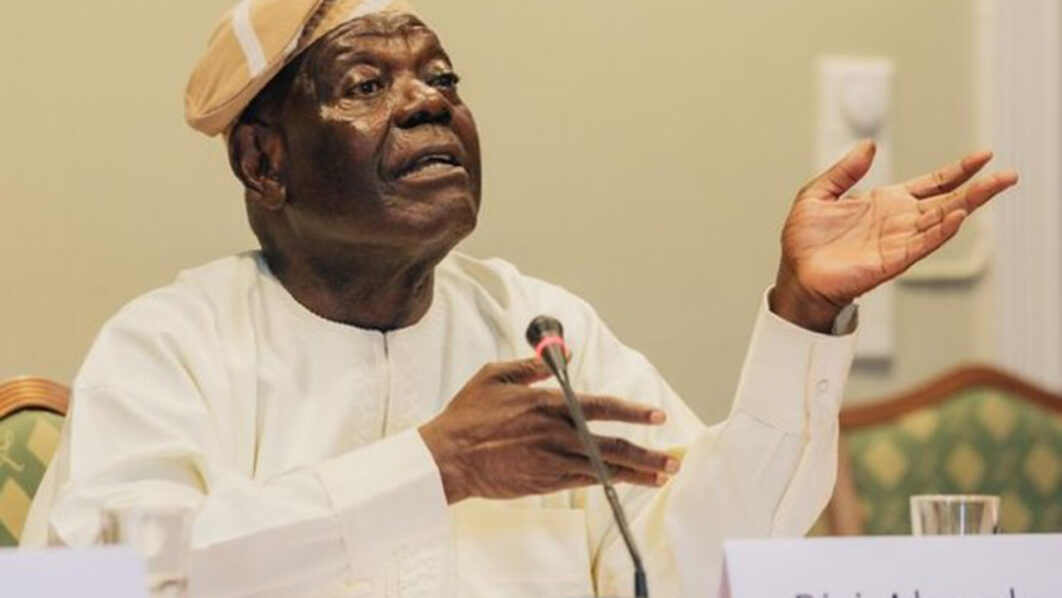I t’s unclear which artist first uttered the phrase, “It’s all about the music” – a quick Google search reveals it being deployed by indie bands, techno DJs, heavy metallers and, winningly, the Icelandic entrant in the 2024 Eurovision song contest – but whoever it was was lying. Pop music in its multifarious forms is never all about the music, nor has it ever been. It was always inexorably linked with visual imagery (in the 1920s, country star Jimmie Rodgers underlined his working-man authenticity by being photographed in his brakeman’s overalls years after he quit working on the railroads; the mystique of Billie Holiday or Charlie Parker was at least partly defined by William Gottlieb’s photographs in jazz magazine DownBeat), but there’s no doubt the relationship was supercharged by rock’n’roll’s arrival.
America was less shocked by what Elvis Presley sounded like than how he looked: the relatively long hair, the clothes that borrowed as heavily from Black culture as his music, the movements critics compared to a burlesque dancer or an animal. Over in suburban north London, a schoolboy called Reg Dwight gawped at a photo of Elvis long before he heard him sing. “Compared to people in Pinner.
.. he might as well have been bright green with antennae,” he recalled.
Look at any photo of Elton John (as Reg would become) in the 1970s – including the Terry O’Neill shot here – and it’s tempting to say you can tell that rock’n’roll arrived in his.


















